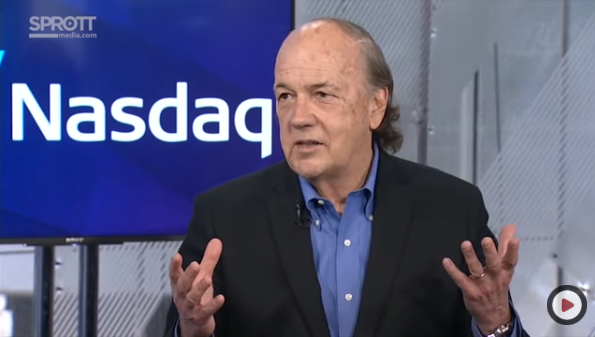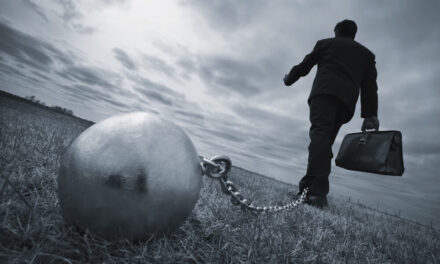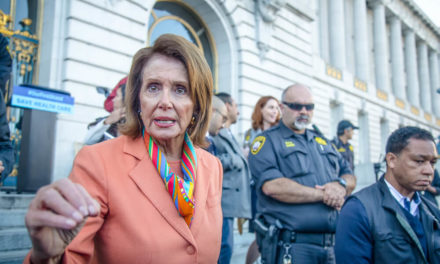Macro analyst and financial commentator James Rickards said he thinks the Fed may inadvertently cause the next recession in the way that it is preparing for one.
Speaking during an interview at the Nasdaq stock exchange headquarters, Rickards warned of a potential panic in the coming months.
The best-selling author said the Fed raising its benchmark interest rate from zero to the current 2.25% to 2.5% over the past couple of years could be a ploy to then cut rates when the next recession hits.
“I wouldn’t say they’ve run out of tricks, but it’s important to note that they are tricks,” Rickards said. “The real danger, not that they don’t have another trick or two up their sleeve, but they can’t step off the stage. They can’t withdraw from market manipulation, policy manipulation … to try to prop up the economy. They would love to kind of go to the sidelines and have what they regard as a theoretically neutral rate, maybe intervene if there’s another crisis or another recession, or to cool things down if there’s inflation. But otherwise just go on autopilot.
“That’s what they would like to do; they can’t do that. Because they’re in so deep, they can’t get out. Now remember, QE (quantitative easing) ended in 2014. The interest rates started increasing in 2015, so it was the beginning of tightening (QT) — it was very slow at first but they picked up the tempo in 2017, 2018. So you were getting a double whammy: They were raising rates 25 basis points every quarter, like clockwork, and they were burning money.”
The “burning money” and QT he’s referring to is the Fed’s rolling of bonds off it’s balance sheet — effectively taking money out of the economy and reducing the base money supply — which will end in September.
“That may be the equivalent of 1% hikes per year,” Richards said of QT. “So they were raising rates effectively 2% a year off a 2% base, and that’s the extreme version of tightening. So what happened?
“We all know the stock market pretty much melted down between September and December of last year. You had the Christmas Eve massacre, and that’s when the Fed pivoted and used the magic word ‘pause.’ I think people are on to this now … when they say ‘pause’ they mean we’re not raising rates now, and we’re not going to raise rates in the future without giving you a heads-up.”
Rickards said when the Fed meets again in June, if it says “pause,” that means it’s not going to raise rates in September.
“So you can accurately predict the Fed three months in advance by whether they do or do not have the word pause in the statement,” Rickards said. “They also said they’re going to taper QT and there will be a zero reduction in base money by September. So that ease lifted the stock market.”
However, the stock market is facing headwinds and there is likely a recession looming, Rickards said.
“The bull market’s over. The inverted yield curve is a recession sign,” he said. “None of this is determinative but it all bears watching. Let’s just say we’re uncomfortably close to recession.”
Monetary policy works with a lag and what we’re seeing now is the results of the QT policy in 2017, Rickards said.
“Now the Fed’s trying to ease, relative to expectations, fine. But that won’t really affect the market until a year from now,” he said. “So right now we’re skating on the edge of recession. I don’t think we’re going to have a recession, but we’re uncomfortably close.”




